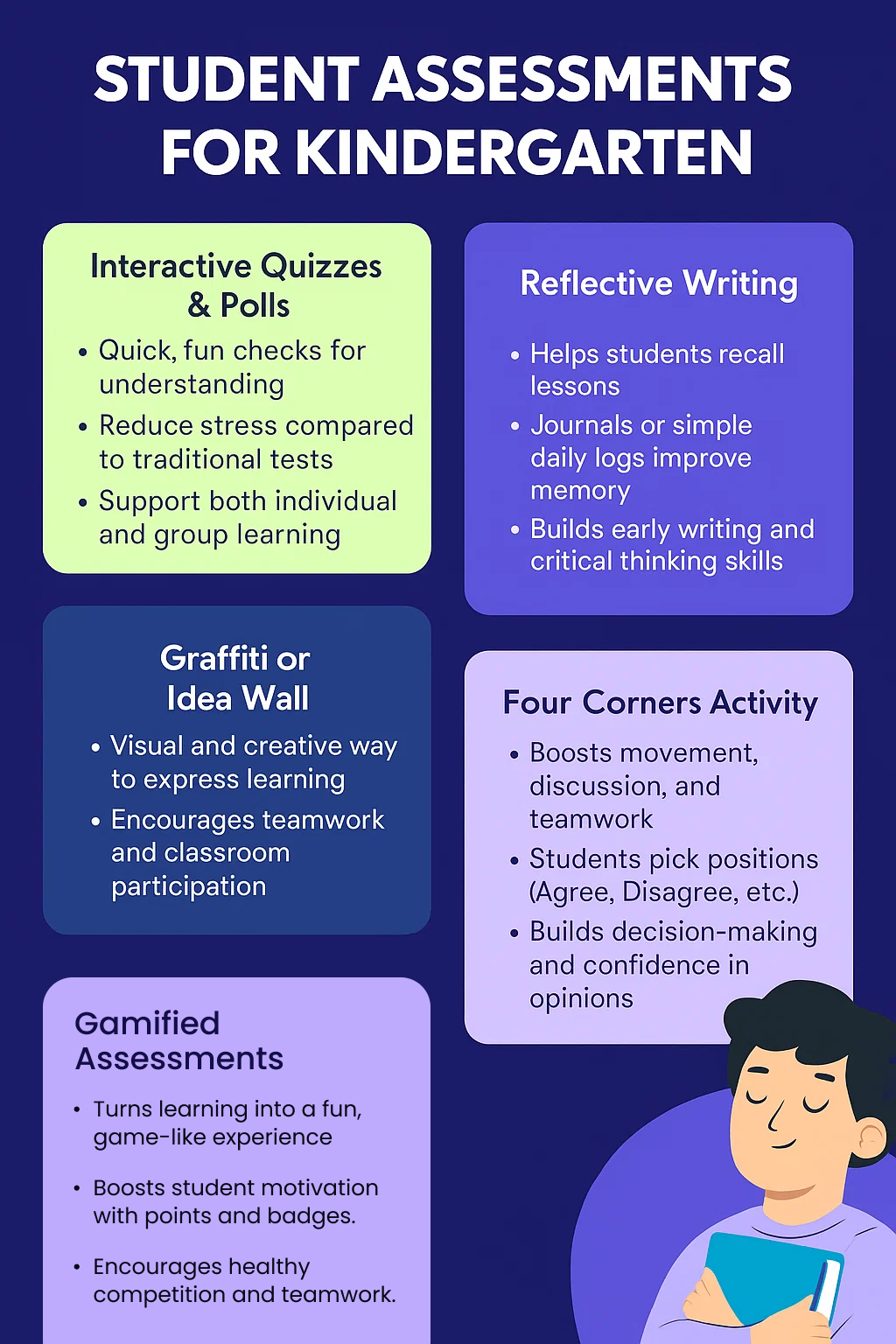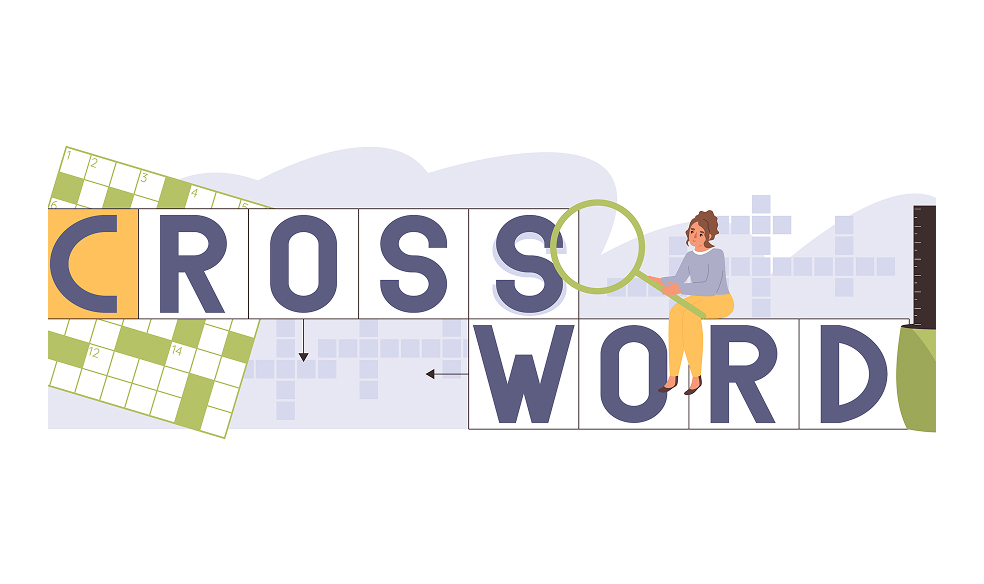Assessments are critical to evaluate students and help you figure out whether or not a student is ready to advance to the next grade. Therefore, the right assessment strategies for kindergarten can turn even a low-performing student into an eager learner.
Educational institutions are working persistently to improve how tutors assess their students with modern assessment tools. Adopting effective assessment strategies for kindergarten today allows an educator to fulfill diverse learning objectives of each student.
Key Considerations for Mapping Out Assessment Strategies
No task is ever accomplished without the right plan. Thus, to innovate kindergarten learning and assessments, tutors must follow a certain plan along with important considerations to execute effectively. Below are the crucial points to consider before creating an effective strategy for kindergarten to grade five assessments:
1. The Objective Must be Clear
Your objective must be clear and headed in the right direction to achieve favorable outcomes of assessment planning. Kindergarten to grade 5 students take time reading instructions and understanding assessment types. Therefore, effective strategies for kindergarten to grade 5 students require a clearly defined goal of evaluating the little ones.
2. Selection of Assessment Type
If your desired assessment type doesn’t match the intellectual level of your students, then it may lead to frustration and a lack of motivation. Tutors must hand-pick questions that suit kindergarten to grade 5 students to maintain a class environment that matches the intellect of students, leading to class-wide equality.
3. Assessments Must Have Content Validity
Never leave your students thinking to themselves, ‘Where did this come from?’ A tutor must create valid content for the assessments. Advanced testing methods and jargon-filled questions are not suitable for students of up to grade 5. Assessments should reflect what’s been taught, with a hint of creativity to keep things engaging.
4. Assessment is a Group Activity
An assessment is not created for an individual. It must reflect questions and scenarios where all students of the class are targeted. Keep this in mind, and you’ll be on your way to crafting impactful assessment strategies for kindergarten to grade 5 students.
Now that we have discussed the key considerations before creating assessments, let’s discuss the top 5 assessment strategies for young learners.

5 Best Assessment Strategies for Young Minds
1. Interactive Quizzes and Polls
Creating quizzes and polls is an effective way to support both individual and group-based learning. Moreover, tutors create helpful quizzes for students that spark engagement. This strategy is also adoptable periodically, just like any other learning institution would have fortnightly and mid-term exams. Introducing quizzes and polls increases student engagement and lowers their stress.
2. Reflective Writing Tasks
Teachers conduct reflective writing tasks to help the students recall what was taught in that particular lecture. It not only prepares the students for each lecture but also improves overall learning through simple means, such as drafting a reflective writing task in their daily journals or providing smart devices to aid recall, depending on the technological and financial capabilities of your school/institution.
3. Gamified Assessments
It’s one of the most adopted assessment strategies for kindergarten to grade 5 students. Teaching institutions invest heavily in creating engaging assessments for students that not only captivate them but also stimulate their minds. These assessments involve game mechanics integrated into quiz-making. Online assessment tools like Assessified are known for creating interactive quiz types that also support auto-grading for the ease of educators.
4. Graffiti or Idea Wall Four
For this kindergarten assessment strategy, a tutor sets up a large piece of paper or any other form of canvas for students. Then, the students get instructed to draw visuals or write ideas for what they learnt in one particular lecture or term. This assessment strategy helps the teachers engage students in a fun-filled activity without them knowing it’s a type of assessment.
5. Four Corners
Four corners is an engaging activity for testing students in your class. Tutors adopt this strategy to elevate teamwork and communication among the learners. A teacher labels all four corners of the classroom with different phrases like: agree, strongly agree, and so on. Next, the students have to stand beside the label, which seems to be right according to them. It’s one of the most interactive assessment strategies for preschool.
Final Thoughts
In the past, teachers relied on manual and conventional testing methods to evaluate the performance of their students. However, as time progresses, young minds who are adaptive to strategy or tech-based learning depend upon new ways of testing. Educational institutions must take necessary actions to meet the modern-day needs of kindergarten to grade 5 students and build assessment strategies for kindergarten by taking inspiration from this helpful blog.





